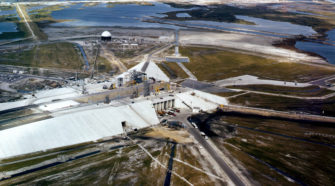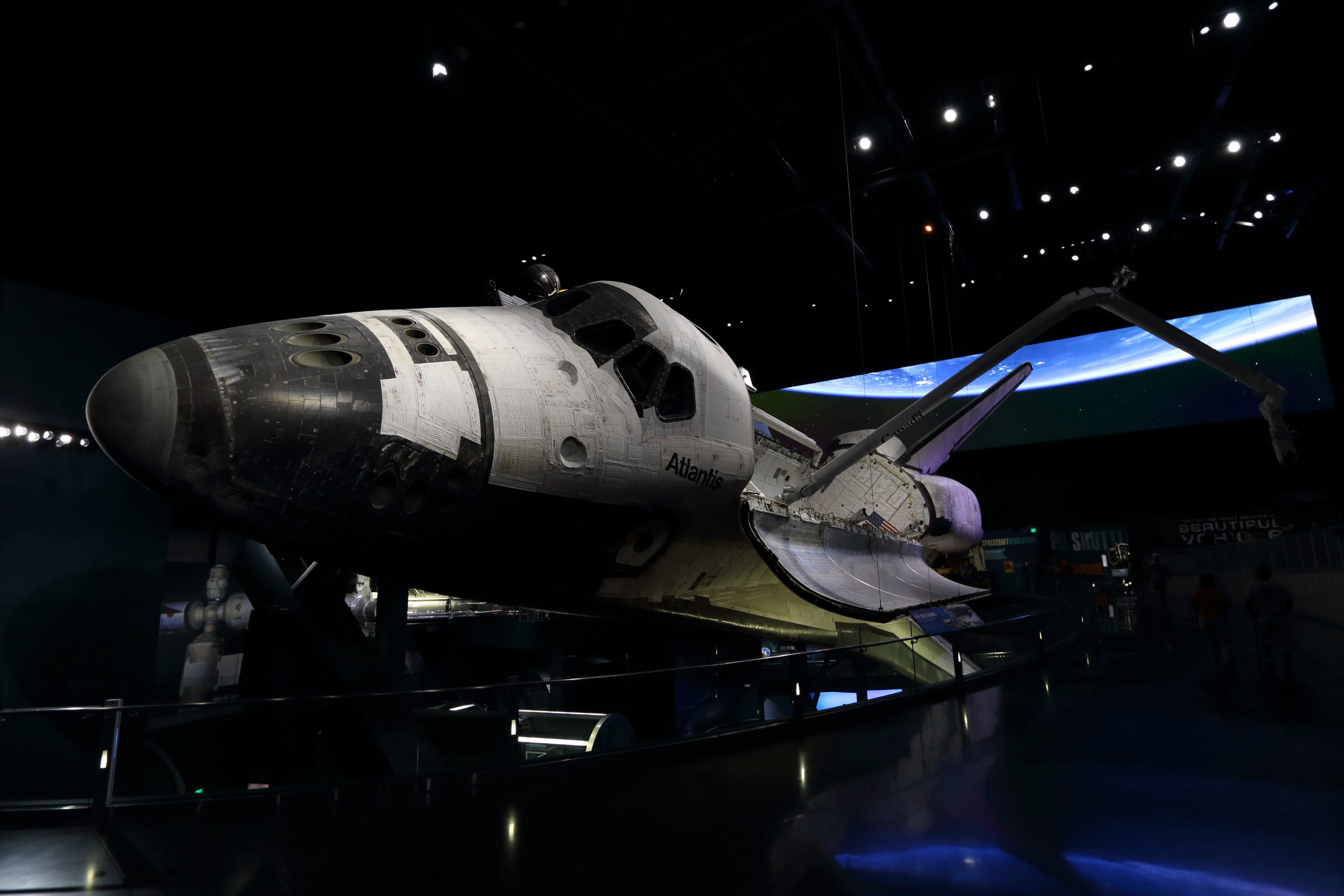Apollo
‘Rocket to the Moon’ with the multitalented Don Brown
With the 50th anniversary of the Apollo 11 mission to the Moon rapidly approaching, there has been a plethora of books about the Apollo program released during the past year. We’ve been deluged with such books here at RocketSTEM in the past couple of months. That has been a good thing too. The ever-rising stack …
NASA pioneer Katherine Johnson celebrates 100th birthday
Katherine Johnson, a trailblazing mathematician whose calculations were instrumental in every major NASA spaceflight program, celebrated her 100th birthday on August 26. Johnson mapped the flight of Alan Shepard, who became the first American in space in 1961. And when John Glenn was preparing for his first orbital flight in 1962, he didn’t trust NASA’s …
America’s gateway to space: LC-39A
The iconic launch pads, Pads 39A and 39B at Kennedy Space Center’s Launch Complex 39, have been the starting point for many space flights including the first manned lunar landing. The original design for Launch Complex 39 called for three to five launch pads, designated 39A – 39E, that would have been spaced approximately 1.6 …
Air Force museum brings history of rocketry to life
The Air Force Space & Missile Museum and separate History Center, both located in Cape Canaveral, Florida, provide a unique look back at past space adventures, hardware, and facilities. You’ll find the entrance to the History Center just outside the main entrance of the Cape Canaveral Air Force Station. The History Center, located just off …
Your ticket to space awaits at the KSC Visitor Complex
If you’ve never been to the Kennedy Space Center Visitor Complex and you are reading this article, well you owe it to yourself to make that trip at some point. If you have been there before, but not in a few years, I’d suggest that it’s time for a return trip. The complex has undergone …
Rovering across the Moon during Apollo 15
Premier of the J-series mission changed the game for Apollo 15 Four hundred miles (640 km) to the north of the Moon’s equator lies a place called Hadley: a small patch of Mare Imbrium at the base of the Apennine Mountains, some of which rise to 4,000 feet (1,200 meters), and a 25-mile (40 km) …






